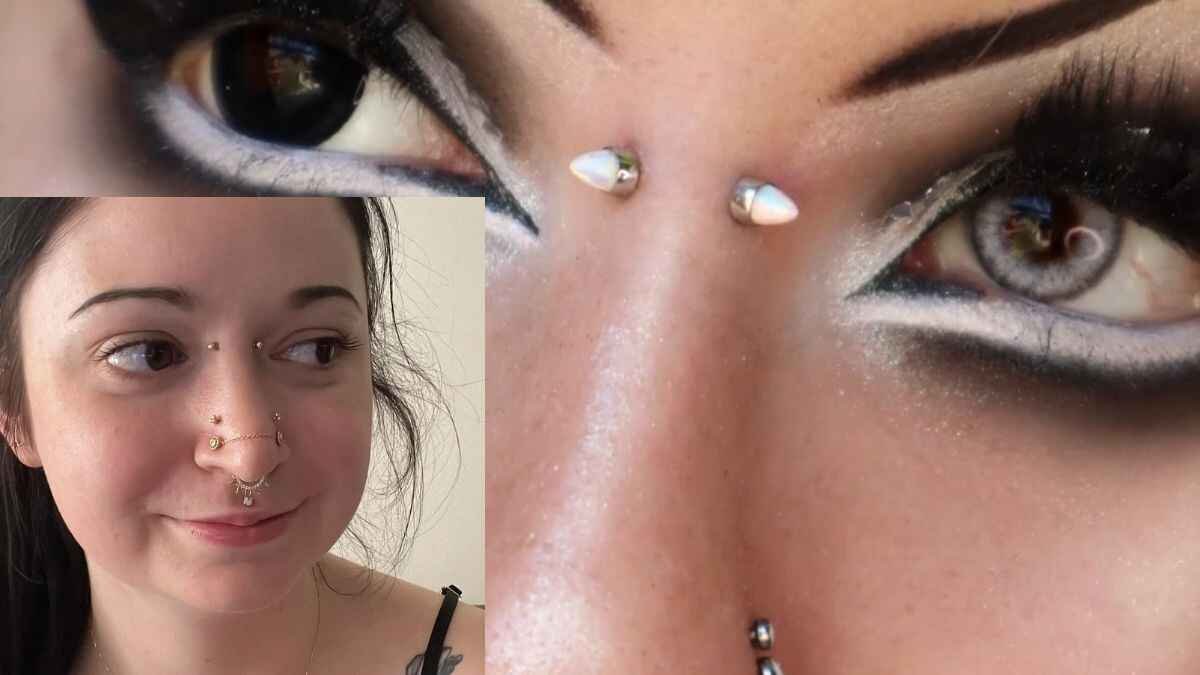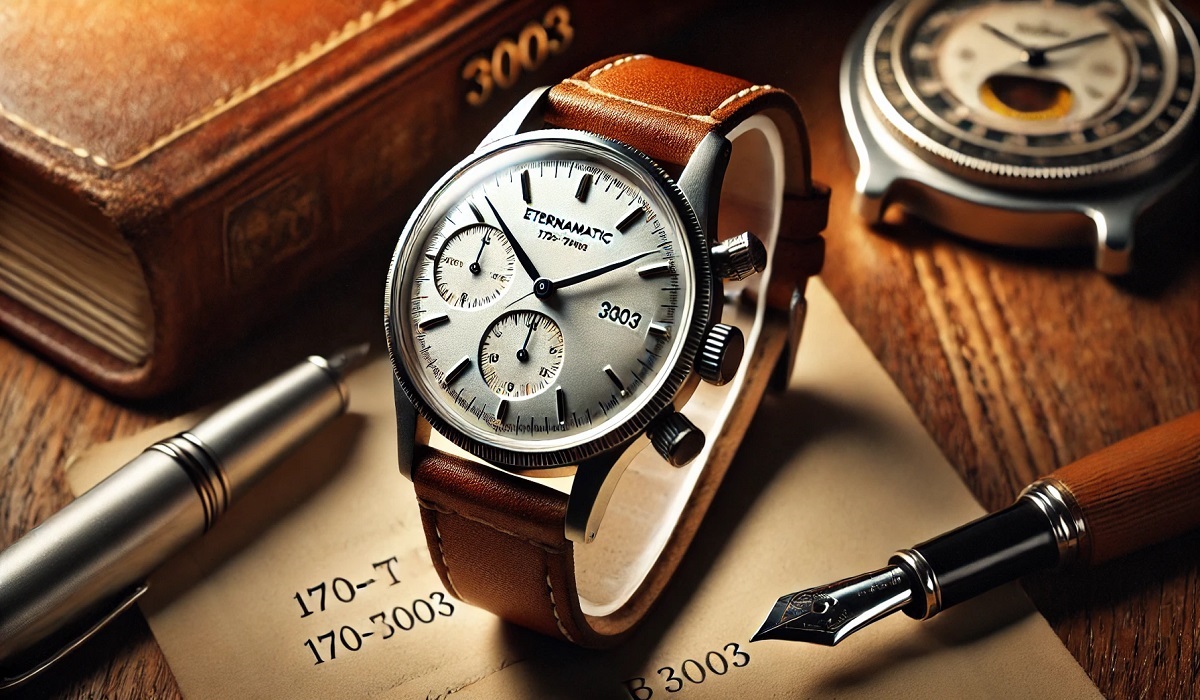Bridge piercings, also known as Erl piercings, are a unique form of facial piercing that involves piercing the bridge of the nose. They offer a bold and stylish look but require diligent aftercare to ensure proper healing and minimize the risk of complications.
1. Preparing for Your Piercing
Before getting a bridge piercing, it’s crucial to do your research and choose a reputable piercing studio with experienced professionals. Discuss your decision with a piercer to ensure you understand the procedure and potential risks involved.
2. The Piercing Process
During the piercing process, a sterilized needle is used to create a hole through the skin on the bridge of the nose. The piercer will then insert jewelry, typically a curved barbell, into the newly formed hole. It’s essential to follow your piercer’s instructions carefully during this process to minimize discomfort and reduce the risk of infection.
3. Initial Aftercare Routine
Immediately after getting your bridge piercing, your piercer will provide you with detailed aftercare instructions. This typically involves cleaning the piercing twice a day with a saline solution or gentle, fragrance-free soap and warm water. Avoid touching the piercing with dirty hands and refrain from rotating or removing the jewelry during the initial healing period.
3.1 Cleaning Techniques
- Gently soak a sterile cotton swab in saline solution.
- Carefully clean around the piercing site, removing any crust or discharge.
- Pat the area dry with a clean paper towel or let it air dry.
4. Managing Discomfort
It’s normal to experience some discomfort, swelling, and redness around the piercing site in the days following the procedure. To alleviate these symptoms, you can apply a cold compress or take over-the-counter pain relievers as recommended by your piercer or healthcare provider.
5. Avoiding Irritants
During the healing process, it’s essential to avoid exposing your bridge piercing to harsh chemicals, including makeup, skincare products, and hair products. These can irritate the piercing site and increase the risk of infection.
6. Signs of Infection
While bridge piercings typically heal without complications, it’s essential to be vigilant for signs of infection, including excessive swelling, redness, pain, and discharge with a foul odor. If you notice any of these symptoms, contact your piercer or healthcare provider immediately for further guidance.
7. Long-Term Aftercare
Even after your bridge piercing has healed, it’s essential to continue practicing good aftercare habits to maintain its health and appearance. Regularly clean the piercing with saline solution and avoid rough handling or trauma to the area.
8. Changing Jewelry
If you decide to change your bridge piercing jewelry, wait until the piercing is fully healed, which can take several months. When changing jewelry, ensure that your hands and the new jewelry are clean to prevent introducing bacteria into the piercing site.
9. Potential Complications
While bridge piercings are generally safe when performed by a professional, there is a risk of complications, including infection, migration, and rejection. It’s essential to monitor your piercing closely and seek medical attention if you experience any unusual symptoms or complications.
10. Consulting a Professional
If you have any concerns or questions about your bridge piercing, don’t hesitate to reach out to your piercer or healthcare provider for guidance. They can provide personalized advice and address any issues that may arise during the healing process.
Conclusion
Proper aftercare is essential for ensuring the health and longevity of your bridge piercing. By following these essential aftercare tips and staying vigilant for signs of infection or complications, you can enjoy your new piercing safely and confidently.
Read more: Charm of Anita Max Wynn Hats A Timeless Fashion Statement
FAQs
How long does it take for a bridge piercing to heal?
Healing times can vary, but most bridge piercing’s take around 6 to 8 weeks to fully heal.
Can I swim with a new bridge piercing?
It’s best to avoid swimming in pools, lakes, or oceans until your piercing is fully healed to reduce the risk of infection.
What should I do if my bridge piercing gets infected?
If you suspect your piercing is infected, contact your piercer or healthcare provider immediately for proper treatment.
Is it normal for my bridge piercing to bleed during the healing process?
Some minor bleeding and discharge are normal during the initial healing period, but if bleeding persists or is excessive, seek medical attention.
Can I hide my bridge piercing for work or other occasions?
Yes, there are discreet jewelry options available that can be used to conceal your bridge piercing if needed.





